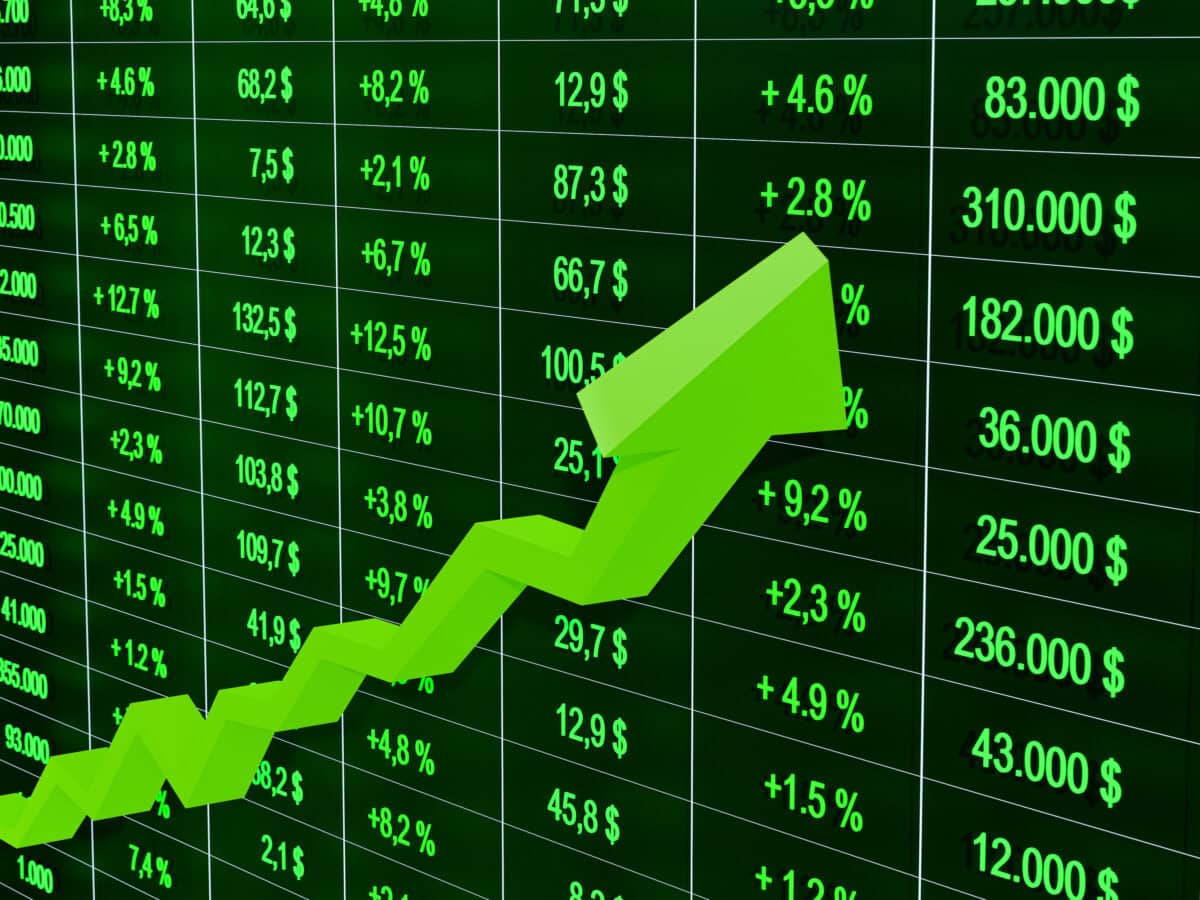
This Surprising Asset Class Is Outperforming Stocks in 2025
Capital Personal – While most investors are still laser-focused on traditional equities, a quiet revolution is underway in the world of alternative investments. This surprising asset class is outperforming stocks in 2025, leaving analysts, financial advisors, and even seasoned market players scrambling to adjust their portfolios. The question isn’t just what this asset is but why it’s suddenly pulling ahead of long-dominant sectors in such a decisive way.
It’s not crypto. It’s not gold. And it’s certainly not meme stocks. Let’s take a closer look at the unexpected investment darling of the year.
For those who haven’t been tracking the trend, the asset in question is fractionalized farmland investments. That’s right agricultural land, broken into digital shares and offered through online platforms, is currently outperforming many equity benchmarks across major markets.
This surprising asset class is outperforming stocks in 2025 due to a mix of macroeconomic resilience, growing demand for food security, and technological platforms that have made farmland accessible to average investors for the first time in history.
While farmland has historically been a strong hedge against inflation, recent innovations have taken it a step further. Through investment platforms that offer tokenized ownership or fractional shares, retail investors can now buy into real agricultural properties the same way they would invest in real estate investment trusts or stocks.
The outperformance of farmland in 2025 can be attributed to several converging trends. First, global food prices have remained elevated due to supply chain instability and climate-related pressures. This has boosted revenues for working farms, especially those in strategic export regions.
Unlike more speculative ESG products, agricultural land is income-generating, relatively stable, and critical to long-term human survival. This has driven a surge in capital flow, leading to increased liquidity and stronger valuations across the asset class.
According to the latest data from AgriCapital Index, average annual returns for fractionalized farmland investments are sitting around 13.4 percent well above the YTD S&P 500 growth of 7.8 percent as of June 2025.
Part of what makes this surprising asset class so appealing is its simplicity. Investors sign up on a platform, browse vetted farmland offerings, and purchase fractional ownership of a specific parcel. Each share entitles them to a portion of both the land value appreciation and annual income from crop sales or lease agreements.
In some cases, investors even receive dividends based on harvest yields. The underlying contracts are often secured through blockchain verification, adding transparency and reducing administrative risk.
For investors who have grown tired of equity market volatility and overvalued tech stocks, this asset class offers something refreshingly grounded literally.
It’s not just retail investors who are paying attention. Institutional players, including pension funds and private equity firms, are starting to allocate larger portions of their portfolios to farmland in 2025. According to a report from Global Asset Flow, institutional farmland investment has grown by 38 percent year-over-year.
This blend of old-world value and new-world accessibility is exactly what’s driving this surprising asset class to outperform stocks in 2025.
Naturally, the big question is whether this trend will continue or fade as a short-lived niche.
However, others see long-term viability, especially as urban expansion continues to reduce available farmland worldwide. With demand for agricultural land expected to outpace supply in the coming decades, the fundamentals look strong.
If you’re looking to diversify your portfolio in 2025, this surprising asset class might be worth serious consideration. While it won’t replace stocks or bonds entirely, fractionalized farmland could offer a hedge against inflation, a source of passive income, and a stable asset in uncertain economic times.
As the market continues to evolve and traditional investments face new headwinds, it’s clear that innovation in access and diversification is driving investor behavior. This surprising asset class is outperforming stocks in 2025 not because it’s flashy or trendy, but because it’s fundamentally sound and technologically accessible.
In a digital age, owning a slice of the earth might be one of the smartest financial moves you can make.